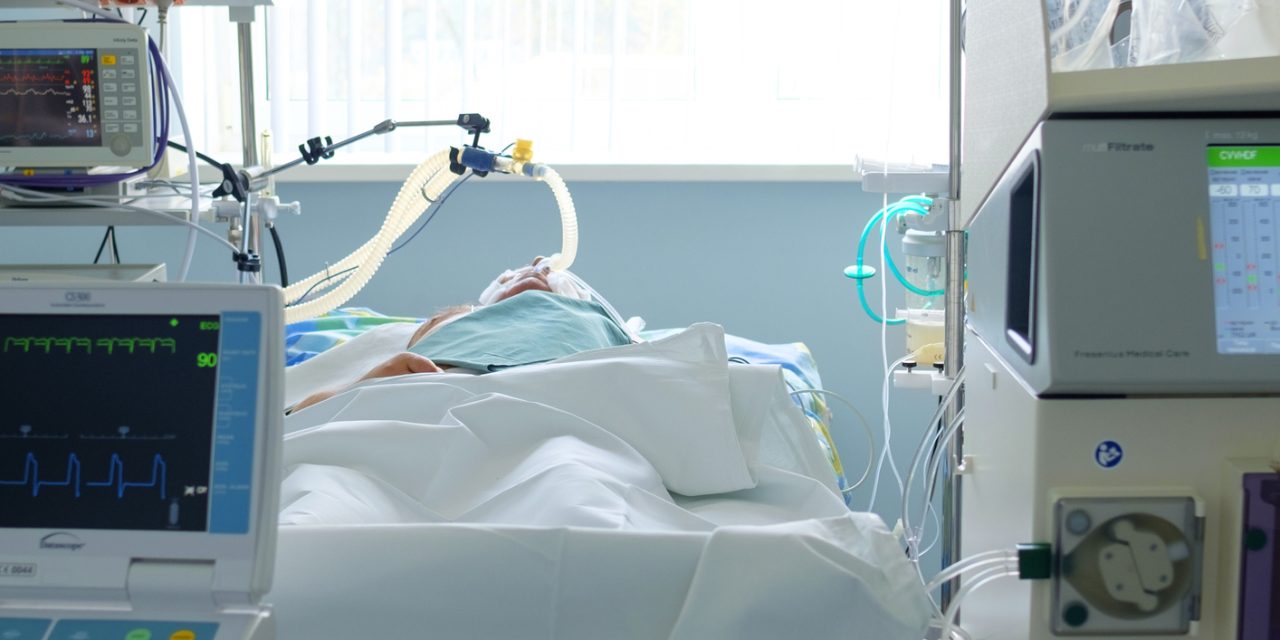Pneumatic tourniquets are used in total knee arthroplasty (TKA) for surgical field visualization and improved cementation; however, their use is controversial. This study aimed to assess the effects of tourniquet application on faster recovery post-TKA. Our hypothesis was that inflammation and limb function would be similar with different tourniquet applications. A prospective randomized double-blinded trial assessed tourniquets effects on postoperative pain, swelling, and early outcome in TKA. In present study, 50 TKAs were enrolled in each group as follows: full course (FC), cementation through closure (CTC), and no tourniquet (NT), CTC as treatment group while FC and NT as control groups. Topical blood samples of 3 mL from the joint cavity and drainage bags were obtained at special time point. At last, all samples such as tumor necrosis factor-a (TNF-a), C-C motif chemokine ligand 2 (CCL2), pentraxin 3 (PTX3), prostaglandin E2 (PGE2), superoxide dismutase 1 (SOD1), and myoglobin (Mb) were detected by ELISA. Active and passive range of motion (ROM) values, pain score by the visual analog scale (VAS), change of thigh circumference were recorded at special time point as well. In topical blood, the change of inflammatory factors, such as TNF-a, PTX3, CCL2, PGE2, SOD1, and Mb, was lower in CTC and NT groups than in FC group ( 0.05), the perimeter growth rate was lower, pain scores (VAS) were reduced, and ROM values were improved in CTC and NT groups compared with FC group at T4, T5, and T6 postoperatively ( < 0.01 and 0.05). Improved therapeutic outcome was observed in the CTC group, indicating patients should routinely undergo TKA with cementation through closure tourniquet application.Thieme. All rights reserved.
Effects of Tourniquet Application on Faster Recovery after Surgery and Ischemia-Reperfusion Post-Total Knee Arthroplasty, Cementation through Closure versus Full-Course and Nontourniquet Group.


